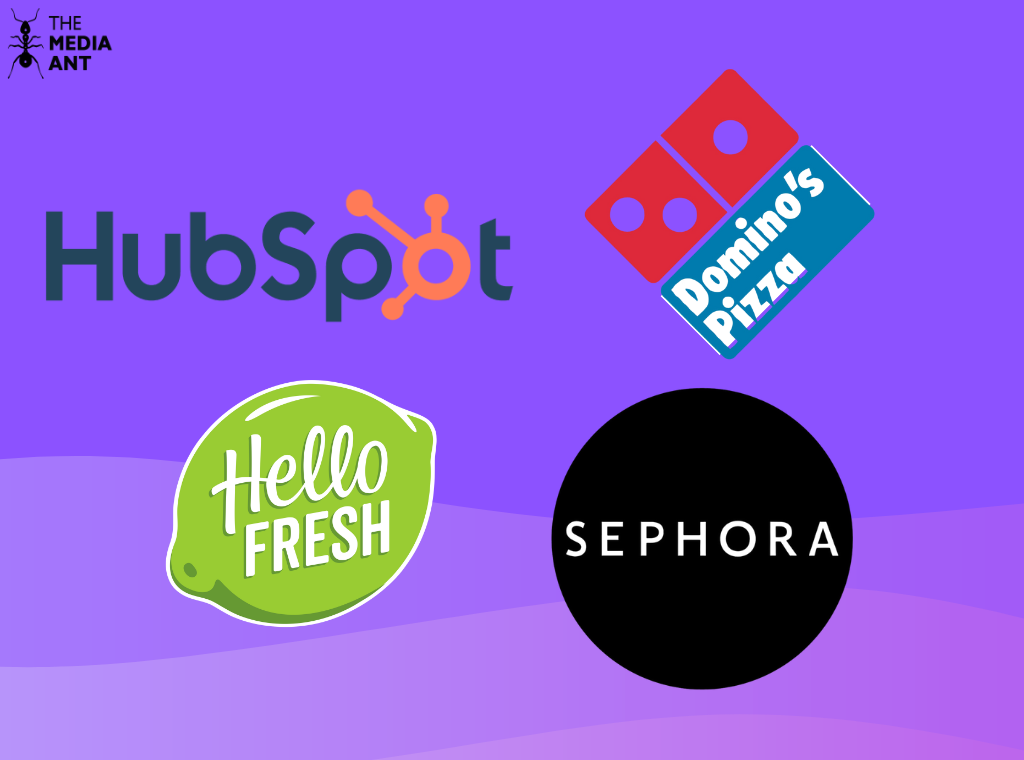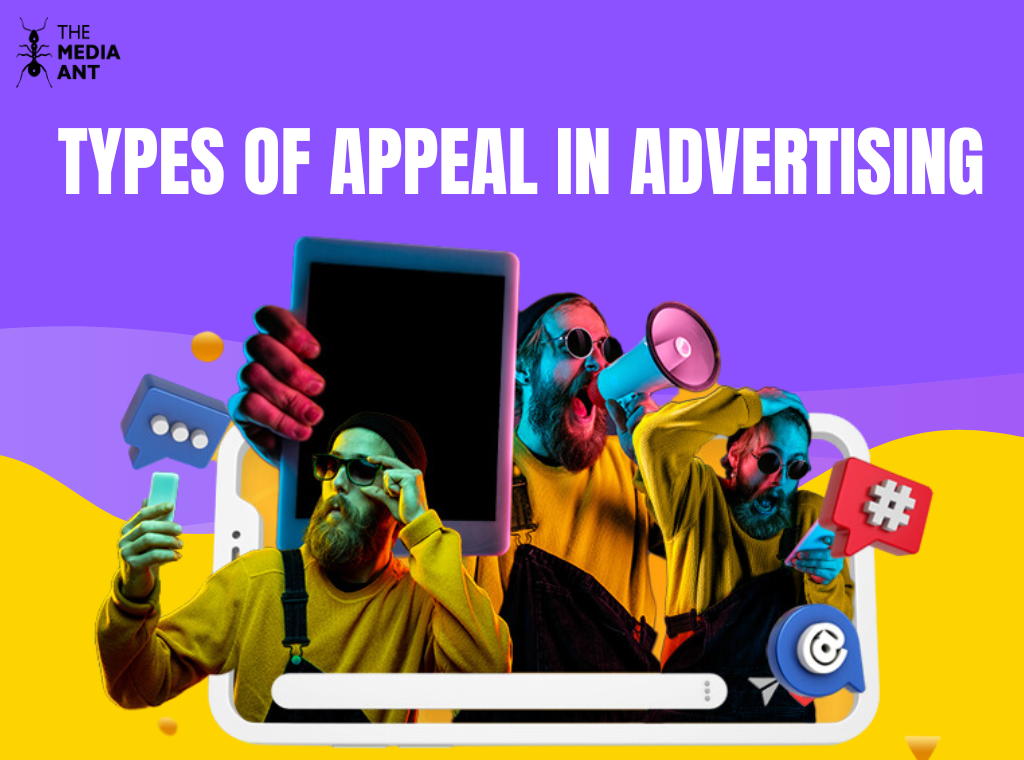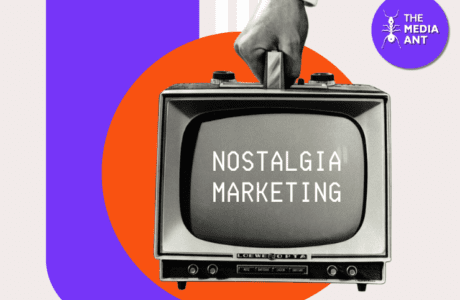Advertising appeal serves as the strategic heartbeat of marketing campaigns, wielding the power to captivate audiences, evoke emotions, and influence consumer behavior. It is essentially the art of persuasion, utilizing various techniques tailored to resonate with specific target groups. Having a deep understanding of advertising appeal is crucial for businesses aiming to stand out amidst the saturation of modern advertising.
This blog will take you on a journey to uncover the essence of advertising appeal and delve into its different forms. Whether it’s the emotional impact of storytelling or the rational approach of informational appeal, each type offers a unique opportunity to connect with consumers and enhance brand recognition. By exploring the intricacies of advertising appeal, marketers can leverage its power to create compelling narratives, establish strong relationships, and drive their brands towards success in a constantly changing market landscape.
What is Advertising Appeal?
Advertising appeal refers to the distinct perspective, concept, or communication employed in advertising to elicit emotions, establish connections, and convince consumers to undertake desired actions. It forms the imaginative basis for advertising campaigns.
The advertising appeal is the technique employed by marketers to attract and hold the interest of their target audience. It involves utilizing a variety of methods and strategies to influence consumer behavior and evoke a desired response, such as making a purchase or adopting a specific viewpoint. Advertising appeals can be emotional, rational, or a combination of both, depending on the intended impact and the nature of the product or service being advertised. By comprehending the basic principles of advertising appeal, marketers can develop compelling messages that resonate with consumers, distinguish their brands from competitors, and ultimately achieve success in the marketplace.
Types of Appeal in Advertising

In the advertising industry, appeals play a crucial role in establishing a connection between brands and their target audience by leveraging human psychology and behavior. These appeals can be classified into 15 main types, each tailored to elicit specific responses and create meaningful connections.

1. Emotional appeal
Emotional appeals aim to evoke feelings and establish a strong bond, as seen in heartwarming family scenes in detergent commercials. The goal here is to create a lasting emotional connection between the audience and the product.
2. Rational appeal
On the other hand, rational appeals focus on logical reasoning and tangible benefits. By highlighting product features and specifications, this approach appeals to the consumer’s practical and analytical side, fostering an understanding based on logic.
3. Humorous Appeal
By incorporating humor into advertisements, humorous appeals not only capture attention but also bring a sense of enjoyment and amusement. For example, funny scenarios in beverage commercials not only grab the viewer’s attention but also create a positive connection with the product.
4. Fear Appeal
Fear appeals utilize the power of fear to highlight the consequences of certain actions. An illustrative example is anti-smoking campaigns that vividly depict health risks, aiming to create a sense of urgency and caution among the audience.
5. Scarcity Appeal
Scarcity appeals focus on limited availability, playing on the fear of missing out. Phrases like “Limited-time offer” in sales promotions create a sense of urgency, compelling consumers to take immediate action to secure the perceived exclusive opportunity.
6. Bandwagon Appeal
By suggesting widespread usage, bandwagon appeals encourage conformity and tap into the human instinct to belong. Slogans like “Join the millions who have switched” create a sense of collective participation and endorsement.
7. Sex Appeal
Sex appeals utilize attractiveness to promote a product, often seen in perfume ads featuring glamorous models. The goal is to associate the product with allure and desire, leveraging the visual appeal of attractiveness.
8. Nostalgic Appeal
Utilizing sentimental emotions towards the past, nostalgic appeals frequently incorporate retro-themed advertisements for specific products. The objective is to bring forth positive memories and feelings linked to a particular time period.
9. Social Appeal
Emphasizing the importance of social acceptance and belonging, social appeals are evident in commercials showcasing friendships and social interactions. The aim is to establish a feeling of community and connection surrounding the brand.
10. Adventure Appeal
Highlighting excitement, thrill, and adventure, this appeal is showcased in advertisements for travel and outdoor gear. The goal is to connect the product with a sense of exhilaration and the joy of exploration.
11. Patriotic Appeal
Stirring up national pride and identity, patriotic appeals are commonly featured in ads during national holidays. This strategy aims to establish a link between the product and a shared sense of patriotism.
12. Guilt Appeal
Eliciting guilt to prompt action, guilt appeals are frequently used in campaigns advocating for charitable donations. By emphasizing a sense of responsibility, advertisers aim to motivate viewers to take positive actions.
13. Inclusivity Appeal
Highlighting diversity and inclusiveness, inclusivity appeals feature a variety of cultures and backgrounds. The goal is to establish a brand identity that connects with a wide and varied audience.
14. Educational Appeal
Centered on providing knowledge and information, educational appeals can be seen in ads that inform consumers about the advantages of a product. This strategy is designed to equip consumers with the necessary information to make well-informed decisions.
15. Sensory Appeal
Appealing to the senses to craft a sensory journey, sensory appeals are prominent in food advertisements that emphasize taste and aroma. By stimulating multiple senses, advertisers strive to create a more engaging and memorable experience for viewers.
Advertising Appeals Examples

In the dynamic landscape of advertising, various appeals are strategically employed by brands to resonate with their target audience. Real-world examples vividly demonstrate how these appeals are integrated into advertising campaigns:
1. Emotional Appeal
Coca-Cola’s “Open Happiness” campaign is a quintessential example of leveraging emotional appeal. By associating the brand with moments of joy and togetherness, the advertisement creates a powerful emotional connection with the audience, making the experience of consuming Coca-Cola more than just a beverage choice.
2. Rational Appeal
Apple’s advertising strategy often revolves around rational appeal, emphasizing the logical reasoning behind their products. The tech giant’s product-focused advertisements meticulously detail features, specifications, and functionalities, catering to consumers who make decisions based on practical considerations and functionality.
3. Humorous Appeal
Doritos has carved a niche for itself with Super Bowl commercials celebrated for their humor. By injecting comedic elements into their advertising, Doritos not only captures the audience’s attention but also establishes a positive and enjoyable association with the product, enhancing brand recall.
4. Fear Appeal
Anti-drunk driving campaigns frequently employ fear appeal to underscore potential consequences. These campaigns vividly portray the serious and often tragic outcomes of irresponsible behavior, aiming to instill fear and promote responsible choices among viewers.
5. Scarcity Appeal
The fashion industry often utilizes scarcity appeal through “Limited Edition” releases. By highlighting the exclusivity and limited availability of certain products, brands create a sense of urgency, driving consumer interest and prompting swift purchasing decisions.
6. Bandwagon Appeal
Nike’s iconic “Just Do It” campaign is a prime example of the bandwagon appeal. By inspiring collective action and achievement, the campaign suggests that joining the millions who embrace the “Just Do It” mindset is a desirable and commendable choice, creating a sense of community around the brand.
7. Sex Appeal
Calvin Klein is renowned for its provocative and sensual advertisements, epitomizing the use of sex appeal in advertising. By associating their products with notions of attractiveness and allure, Calvin Klein aims to create a subconscious connection between their brand and positive emotions related to sensuality.
These examples underscore the versatility and effectiveness of different advertising appeals, showcasing how brands strategically choose and integrate these approaches to connect with consumers on emotional, rational, humorous, fearful, and aspirational levels.

FAQs on Types of Appeal in Advertising
What are the 7 advertising appeals?
The emotional, rational, humorous, fear, scarcity, bandwagon, and sex appeal are the seven main advertising appeals.
What are the 5 advertising appeals?
The primary advertising appeals consist of emotional, logical, funny, fear, and scarcity appeal.
What are the different types of appeals and their effects?
Various appeals have different effects on consumers. Emotional appeals establish connections, rational appeals offer information, humorous appeals entertain, fear appeals highlight consequences, and more.
What are the 15 appeals of advertising?
There are 15 different types of advertising appeals, including emotional, rational, humorous, fear, scarcity, bandwagon, sex, nostalgic, social, adventure, patriotic, guilt, inclusivity, educational, and sensory appeals.





